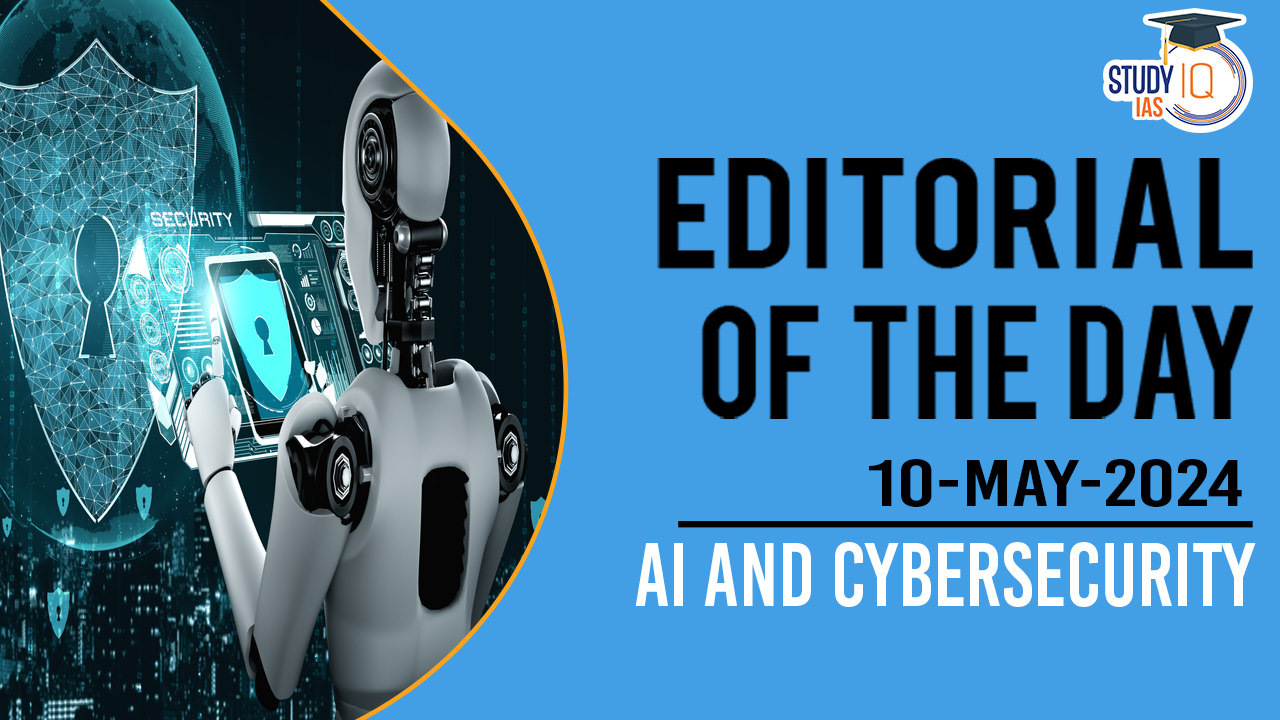Table of Contents
Context: An incident where AI-generated voices were used to mimic a kidnapping scenario, misleading a frantic mother and sparking concern in the U.S. Senate about the dangers of AI in creating sophisticated cyber threats.
The Rising Threat of Generative AI in Cyberattacks
Sophisticated Cyber Threats
- Generative AI has significantly enhanced productivity across industries such as education, banking, healthcare, and manufacturing, contributing to a potential global GDP boost of $7 to $10 trillion.
- However, this rapid advancement has also led to a dramatic increase in cyber risks, exemplified by a surge in phishing incidents and credential phishing — 1,265% and 967% respectively since the fourth quarter of 2022.
- This rise is attributed to the manipulation of generative AI.
Organisational Vulnerabilities
- Security Breaches: Organizations and individuals are becoming more vulnerable to attacks due to the evolving nature of AI-powered threats.
- A study by Deep Instinct revealed that 75% of professionals noticed an increase in cyberattacks over the past year, with 85% attributing this rise to generative AI.
- Privacy Concerns: Cyber threats have evolved, leading to new forms of cyber-attacks such as cognitive behavioural manipulation and the misuse of voice-activated toys and gadgets.
- Concerns also extend to remote and real-time biometric identification systems like facial recognition, which pose significant privacy risks.
- Productivity vs. Risk: While 70% of professionals report increased productivity with the help of AI there’s also a spiralling vulnerability marked by undetectable phishing attacks (37%), an increase in the volume of attacks (33%), and growing privacy concerns (39%).
- AI-Powered Hacking: Sophisticated hacker groups are using generative AI to translate and identify coding errors, maximising the impact of cyberattacks.
Global and Regulatory Responses
- The Bletchley Declaration: World leaders including major global players like China, the European Union, France, Germany, India, the United Arab Emirates, the United Kingdom, and the United States have committed to understanding and mitigating catastrophic risks posed by the misuse of generative AI through the Bletchley Declaration.
- Need for Frameworks: There’s an urgent need for stringent ethical and legislative frameworks to regulate generative AI, a field where loopholes and insufficient understanding persist.
Proposed Solutions
- Stringent Ethical and Legislative Frameworks: There’s a strong push for the development of ethical and legislative frameworks to combat AI-driven cyber crimes effectively. Implementing such policies is crucial to mitigate the threats posed by AI.
- Enhanced Digital Awareness: It’s recommended to foster digital awareness through occupational media and digital literacy training at the corporate level. These initiatives could help the workforce navigate the digital landscape more effectively, enabling them to identify credibility and verify the sources for authentication.
- Watermarking AI-Generated Content: Enhancing the stance for watermarking to identify AI-generated content is proposed. This measure could help in reducing cyber threats from AI-generated content, allowing consumers to take appropriate actions.
- Collaborative Efforts: A collaborative effort between institutional and industrial stakeholders is necessary to improve and implement realistic, practical, and effective regulatory frameworks. Including public feedback in the drafting of these regulations could further strengthen their effectiveness.
- The Bletchley Declaration: As part of the global response to the misuse of AI, the Bletchley Declaration was signed by major world leaders. This agreement is a commitment to collaborate on understanding and mitigating the catastrophic harms caused by the detrimental utilisation of AI.
- Role of NGOs: Non-governmental organisations are emphasised as crucial for introducing individuals to the digital world and equipping them with essential tools of cyber literacy. By fostering a digitally savvy citizenry from the ground up, a more robust defence against evolving AI-driven threats can be built.
Global Partnership on Artificial Intelligence (GPAI) Vs. Bletchley Declaration
| Feature | Global Partnership on Artificial Intelligence (GPAI) | Bletchley Declaration |
| Objective | To support and guide the responsible development of AI that respects human rights and democratic values. | To mitigate the risks and challenges posed by AI technologies, ensuring safety and security. |
| Scope | International and multi-stakeholder initiative with a broad focus on various AI-related issues. | Focused initiative involving a specific group of countries concentrating on AI safety. |
| Activities | Engages in research, pilot projects, expert consultations, and serves as a forum for AI policy and practical issues. | Involves drafting and implementing regulations, setting international standards for AI safety. |
| Focus Areas | Innovation, responsible AI, data governance, future of work. | Ethical guidelines, safety measures against AI misuse. |
| Member Participation | Includes member countries globally and spans across multiple sectors and disciplines. | Generally includes nations more directly concerned or impacted by AI threats. |


 Utkal Divas 2025: Odisha Foundation Day ...
Utkal Divas 2025: Odisha Foundation Day ...
 List of Military Exercises of India 2024...
List of Military Exercises of India 2024...
 GPS Spoofing and Its Impact in India: A ...
GPS Spoofing and Its Impact in India: A ...





















